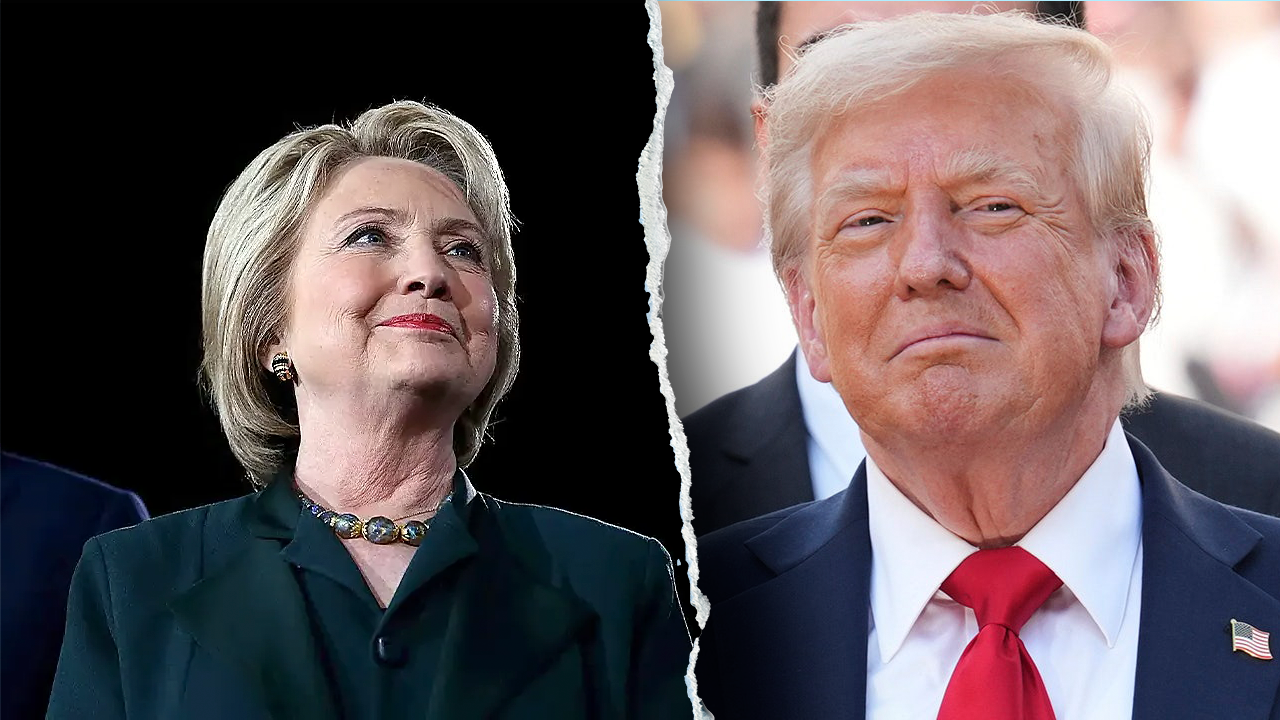The Trump administration released a revised list of tariff rates against nearly 70 countries set to take effect next week.
The announcement follows a four-month negotiating sprint with dozens of US trading partners to lock in one-for-one agreements — some of which are reflected in the new list.
Among the notable rates which will be charged at 12:01 a.m. Aug. 7 — rather than on the Friday deadline initially announced by the White House — are 15% for Iceland and Israel, 30% for South Africa, 39% for Switzerland and 20% for Taiwan and Vietnam.
Brazil, the largest economic power in South America, will see its rate balloon to 50% on Aug. 6, President Trump announced Wednesday.
The president previously threatened Vietnam with a 46% tariff in his April 2 “Liberation Day” announcement but the country was able to reach a tentative trade deal with the US earlier this month, which lowered its rate.
Israel’s new rate is 2 percentage points lower than the 17% duty unveiled in April — despite not having made a formal agreement with the White House.
Trump noted in his executive order modifying reciprocal rates Wednesday that some nations “have agreed to, or are on the verge of agreeing to, meaningful trade and security commitments with the United States,” while others either have not tried to strike a deal or “despite having engaged in negotiations, have offered terms that, in my judgment, do not sufficiently address imbalances in our trading relationship or have failed to align sufficiently with the United States on economic and national-security matters.”
The steepest tariff rates will be carried by Syria (41%), Laos and Myanmar (40%), Switzerland (39%) and Iraq and Serbia (35%).
The list also denotes a 35% rate on imports from Canada after Trump signed an order upping the current tariff by 10 percentage points.
Countries not listed in the announcement will be subject to a 10% tariff, according to the White House.
Trump had already locked up major agreements accounting for about one-third of American trade in the months leading up to Thursday’s order.
In Scotland over the weekend, the president secured a massive deal with the European Union, setting a 15% tariff for the EU in exchange for the 27-nation bloc agreeing to purchase $750 billion in US energy and investing $600 billion in the US.
Framework agreements calling for a 10% duty on the United Kingdom, a 19% levy for the Philippines and Indonesia, and a 15% levy on Japan and South Korea were also cut before the new rates were unveiled and ahead of Friday’s deadline.
“President Trump has reset decades of failed trade policy,” read a statement released by the White House.
“Today’s Order underscores President Trump’s commitment to take back America’s economic sovereignty by addressing the many nonreciprocal trade relationships that impact foreign relations, threaten our economic and national security, and disadvantage American workers.”
Trump’s tariff policies, which initially roiled financial markets and sparked fears of recession, have “generated significant investment into the United States, strengthening the U.S. economy while addressing unfair trade practices that have disadvantaged American workers for decades,” the White House argued.
White House press secretary Karoline Leavitt told reporters earlier Thursday that more than 100 countries were still in negotiations with the administration and eager to lock in lower rates.
“Upwards of 200 countries around the world have reached out to their trade and tariff team,” Leavitt said, noting that the White House will continue to “prioritize” key trading partners.
She added that Trump’s team “has been working around the clock to try to be in correspondence with as many countries as possible.”













